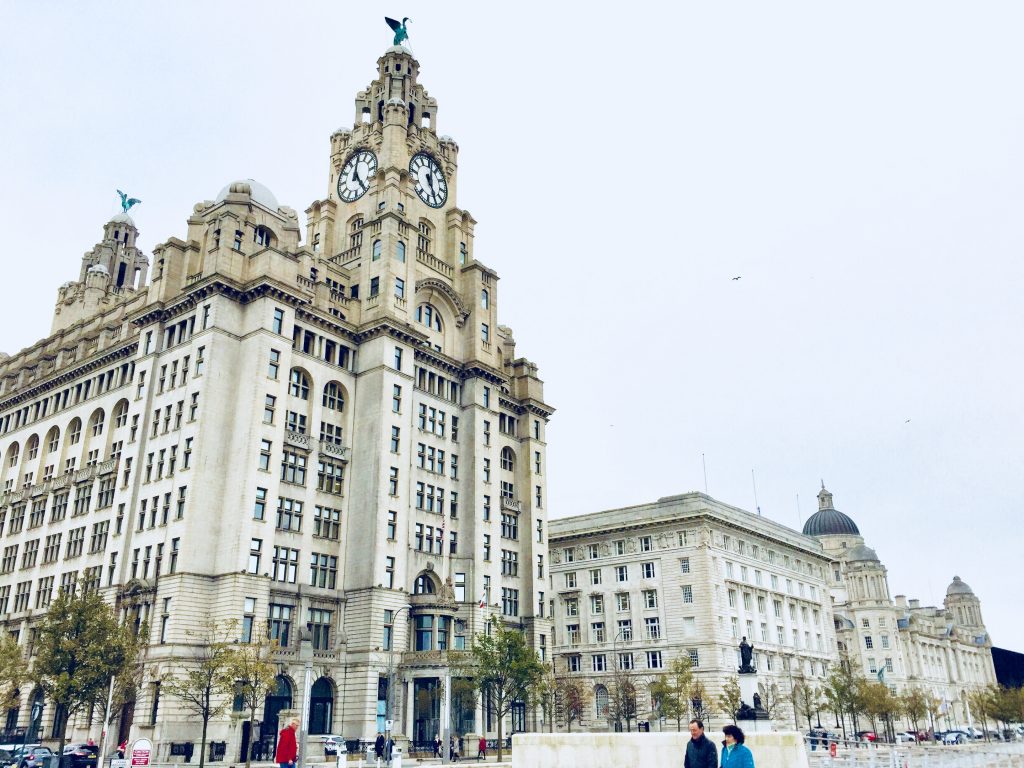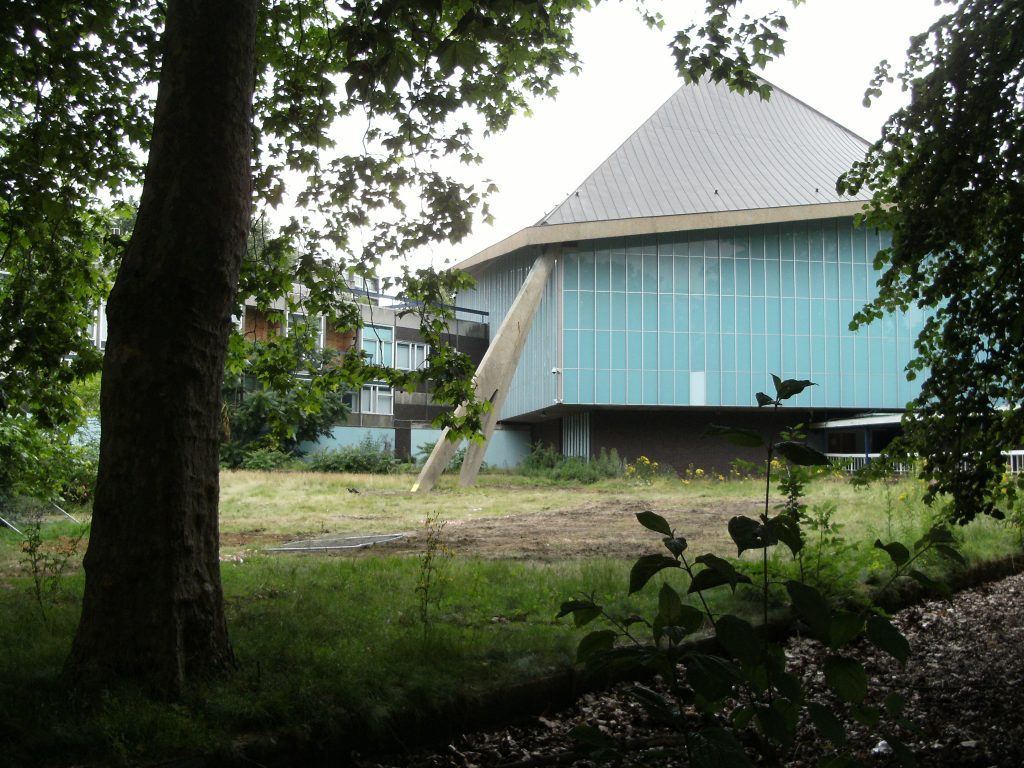A personal architectural research project. This project is now on its own website.

RIBA Gordon Ricketts Fund
The RIBA Gordon Ricketts Fund is awarded every two years and I was lucky enough to be one of three recipients in 2018. It’s a fund to allow former or existing RIBA staff members to engage in personal architectural research. From September 2018 onwards until September 2020, using my award I intend to research the influence of the British Empire and its architects.
The research project
Full research title from my original application: “A legacy in paper and stone: How the architecture, culture and urban planning of cities from Liverpool to Shanghai were shaped by the British Empire and its architects”
My research will look at the way the British Empire (1700s – 1950s) was not just a commercial and military operation, but a transformative global network that enabled culture and architectural ideas to spread. It will aim to uncover and understand the influence of the empire and its architects on the architecture, culture and urban planning of its colonies and cities, and assess if this exchange was multidirectional and what is its legacy. Research will be carried out primarily by exploring the rich collections of the RIBA, supplemented by visits to other institutions and via topographical studies.
It’s a fascinating topic – and a large subject to tackle. To manage it, my initial aim will be read widely and then to focus on specific cities, personalities and time periods that interest me or are most relevant to the research title. I expect the title and my thoughts to develop and change significantly over the two-year period. I’d like to share my research and findings somehow, both as I progress and at the project’s conclusion, but in what form is still to be decided and will be guided by what I discover.
January 2019: Twenty buildings that tell the story of the British Empire and its architects
After some research, I’ve drawn up a list of 20 buildings or groups of structures that together tell the story of how the empire grew and declined and the part played by its architects and architecture. I need to do much more reading and begin planning my travel, but it is clear architecture is not neutral and the buildings created across the empire were the tools and expression of Britain’s influence overseas, for good and bad, and showed the impact links to the colonies had on the very heart of the mother country, London.
Currently, this is my list, but I suspect it’ll change:
- Imperial Institute and Commonwealth Institute, London, England
- University of Ibadan, Nigeria
- New Delhi, India
- Government House, Calcutta, India
- King’s House, Spanish Town, Jamaica
- Colonial Building, Newfoundland, Canada
- St Martins in the Field, London, England, and imitations in India (St Andrew’s Church, Calcutta)
- St. John the Baptist Anglican Cathedral, Newfoundland, Canada
- Shah Jahan Mosque, Woking, England
- Royal Arcade, Melbourne, Australia
- East India House, London, England
- Old Supreme Council and Statue Square, Hong Kong
- Pier Head, Liverpool, England
- Bund, Shanghai, China
- Kingsway, London, England
- Victoria Theatre and Concert Hall, Singapore
- VT station, Bombay, India
- Victoria Falls Bridge, Zambezi River, Zimbabwe/Zambia
- Faneuil Hall, Boston, USA
- Independence Hall, Philadelphia, USA

All photos by Wilson Yau